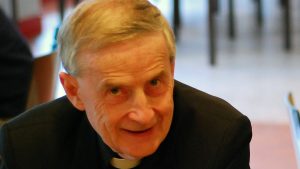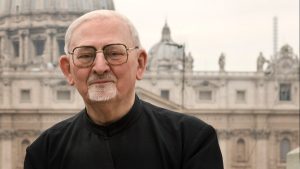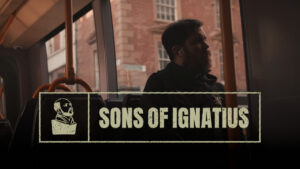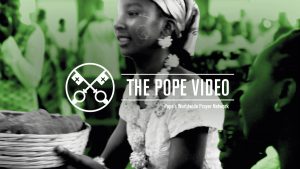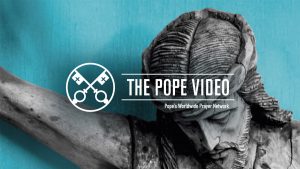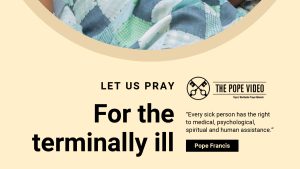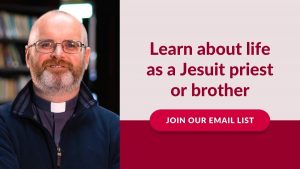Augustin Bea
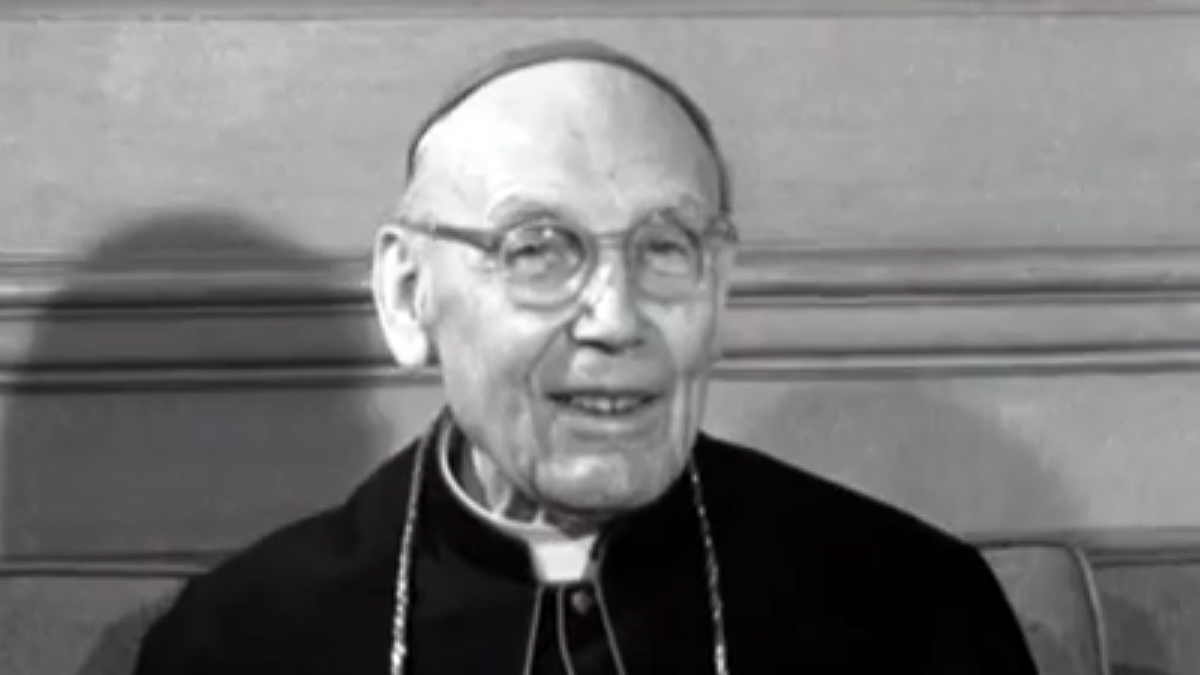
A central figure of the Second Vatican Council, Augustin Bea worked tirelessly throughout his long life and proved vital to reshaping the Church’s policy toward ecumenism and interfaith dialogue.
Augustin Bea was born in Riedböhringen in the Black Forest, Germany, in 1881. He joined the diocesan seminary at Freiburg-im-Breisgau, and after studying at Freiburg University for two years, he travelled to the Netherlands, where he entered the Jesuit novitiate in 1902. He studied theology and philosophy, and was ordained in 1912. His superiors decided he should be a biblical scholar, and he attended the Pontifical Biblical Institute in Rome, which was only founded in 1909.
With the outbreak of the First World War in 1914, Bea was sent to take charge of the Jesuit house at Aachen in Western Germany. Bea remained there until, in 1917, he was sent to Valkenburg in Holland where he taught Old Testament studies. That same year, the Jesuits were officially accepted back into Germany after forty-five years of expulsion. With this reinstatement, the German province rapidly grew, to the point where in 1921 a second German Province, Upper Germany, was created, and Bea was chosen as Provincial.
Bea’s time in this role, however, was short, as three years later he was requested to travel to Rome. Once there he took up teaching positions at the Biblical Institute and the Gregorian University. He remained based in Rome for many years, though he did travel extensively. In 1929 he spent six months in the Jesuit mission in Tokyo, and in 1936 he took part in an archaeological dig near the Dead Sea. He became a close confidant of Pope Pius XII, who was elected in 1939. He assisted in the drafting of a number of encyclical works and later served as an advisor to the Holy Office. He became confessor to the Pope in 1945, and he remained so until Pius’ death in 1958.
Bea was seventy-seven when the recently-elected Pope John XXIII announced his intention to convene the Second Vatican Council in 1959. That same year Bea was commissioned to create a declaration on the relationship between Catholicism and Judaism, a decree explicitly rejecting against any form of anti-Semitism. This document, Decretum de Iudaeis, never made it in front of the council, but was later incorporated into Nostra Aetate, the Declaration on the Relation of the Church with Non-Christian Religions.
Nostra Aetate, which was approved by an overwhelming majority of the council, describes not just the relation with Jews but also with religions such as Islam, Hinduism, and Buddhism. It regards them with “sincere reverence” and declares that it “rejects nothing that is true and holy in these religions”. It was the shortest of the conciliar documents, but it had a tremendous impact on interfaith dialogue.
Bea was also responsible for suggesting that non-Catholics should be present for the proceedings of Vatican II. This proposal proved successful, and sixty non-Catholic observers in all attended the Council. Following the Second Vatican Council, Bea continued to work actively. He published his commentary on Nostra Aetate in 1966 and oversaw the publication of the Vatican’s first Directory on Ecumenism the next year. He died in 1968 from a bronchial infection, at the age of eighty-seven.


